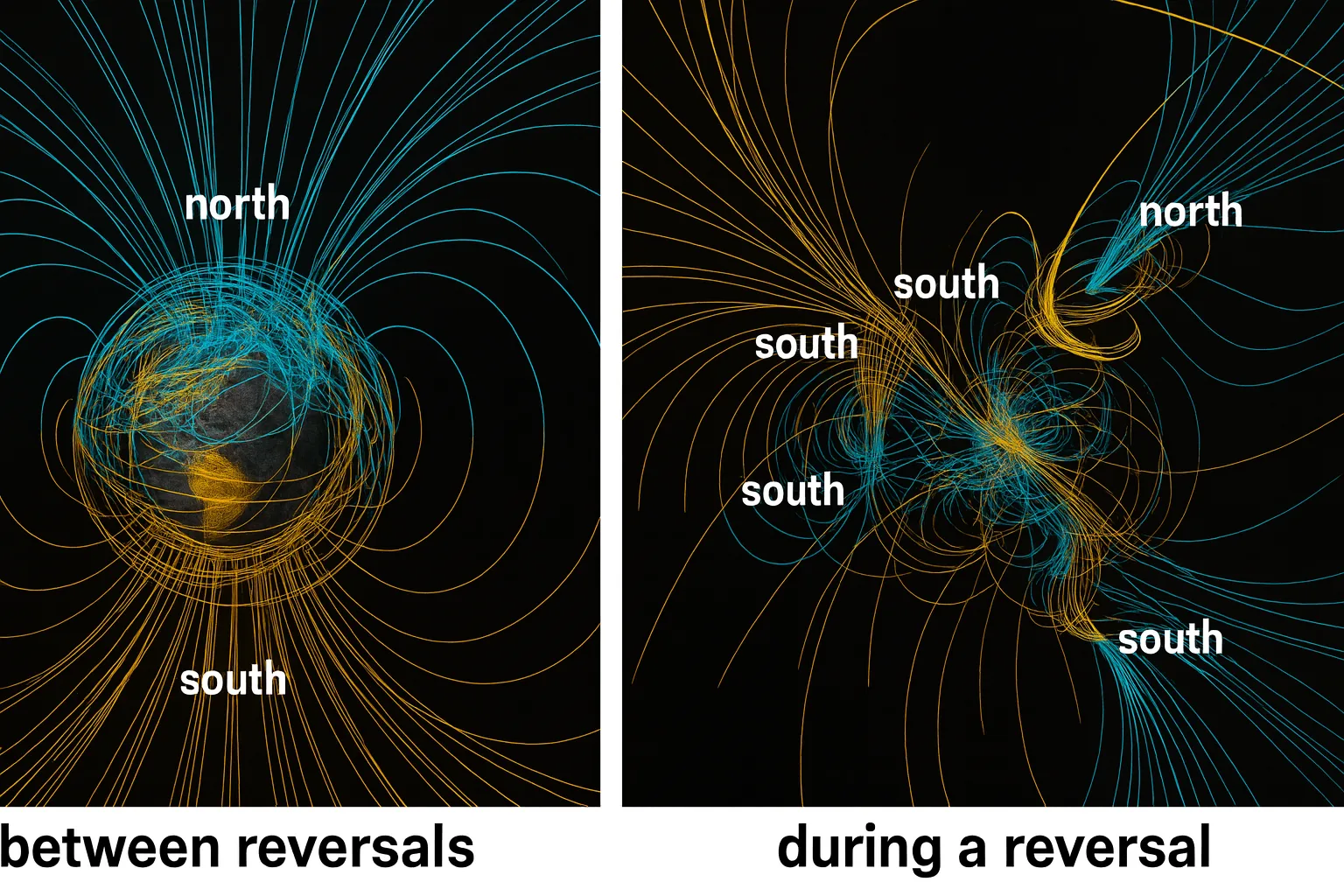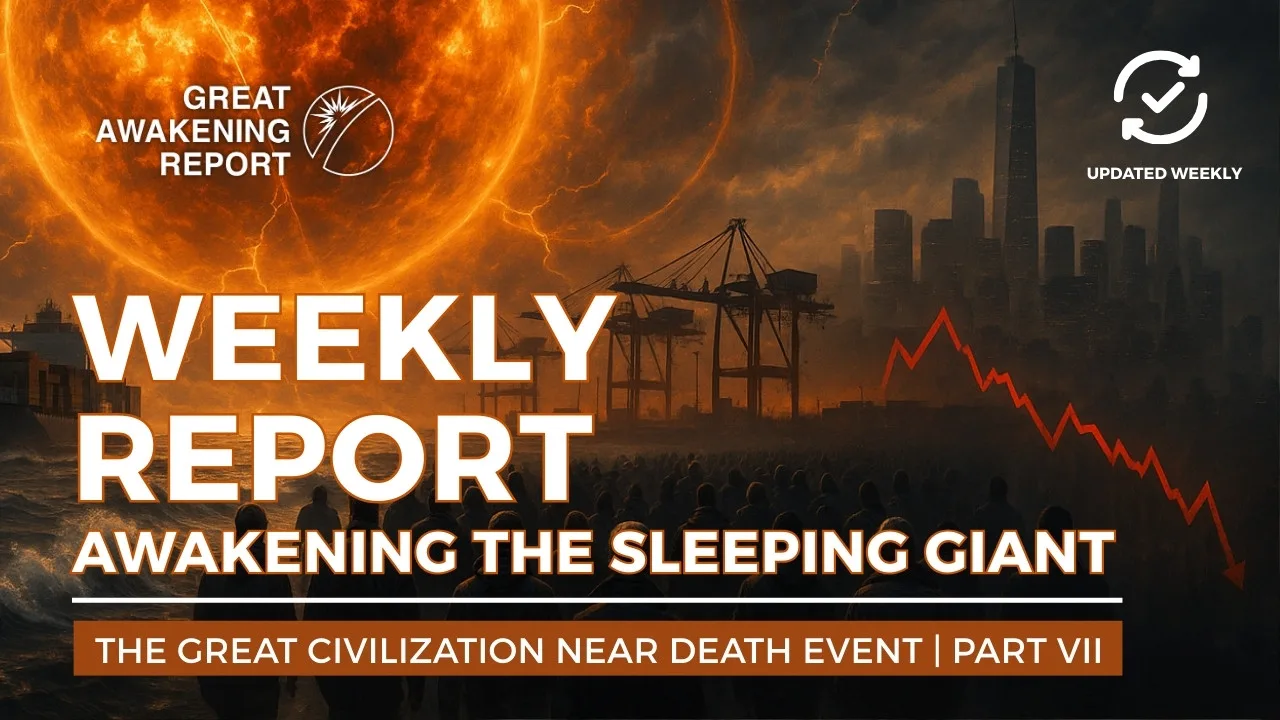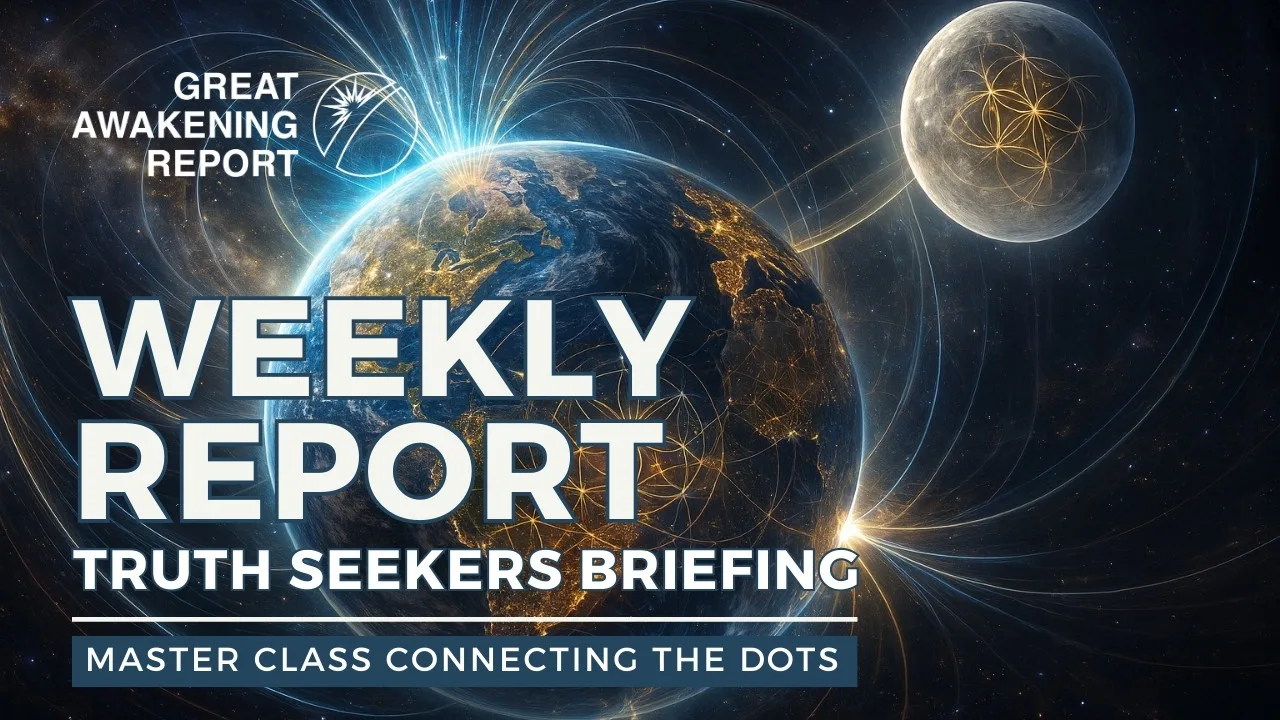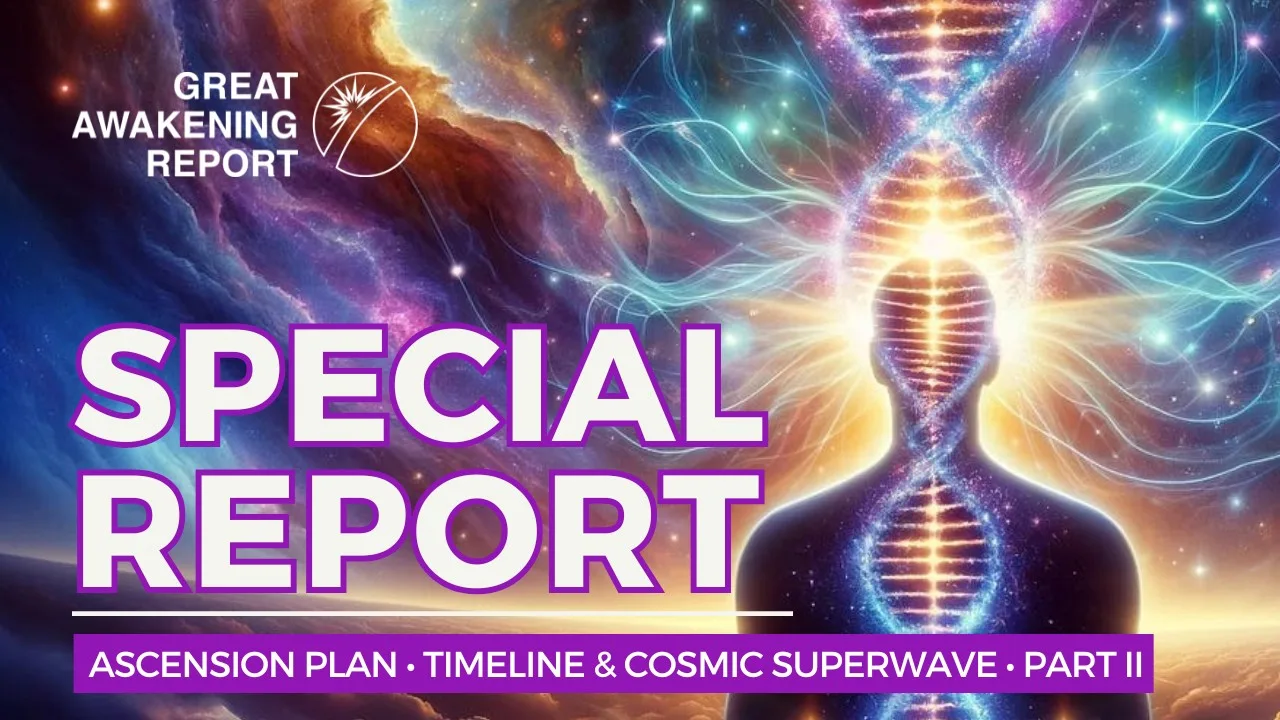Introduction to Magnetic Pole Shifts
Magnetic pole shifts refer to the phenomenon where the Earth’s magnetic north and south poles switch places. Unlike the rotational pole, the magnetic poles are influenced by the movement of molten iron within the Earth’s outer core, resulting in a complex geodynamic process. Over geological timeframes, these shifts can occur at variable rates, sometimes taking thousands of years to complete, or can happen more rapidly, in decades or even years.
The significance of magnetic pole shifts in earth sciences is profound. They affect not only navigation systems that depend on magnetic compasses but also have implications for climate patterns and animal behavior. For instance, species such as migratory birds and marine animals that rely on the Earth’s magnetic field for navigation could experience disruptions during these shifts. Furthermore, shifts can potentially increase the planet’s exposure to solar and cosmic radiation, which can have noticeable effects on technology and life on Earth, such as increasing the risk of electrical failures in satellites and affecting weather patterns [Source: ScienceDirect].
Additionally, historical pole shifts have been linked to significant geological and climatic changes, as seen in several periods of the Earth’s history where rapid shifts are associated with mass extinctions and shifts in climate zones [Source: Nature]. Understanding these shifts helps scientists predict possible future occurrences and mitigate potential impacts on modern society, particularly as we rely increasingly on technology that can be affected by geomagnetic changes.
Historical Context: Known Incidents of Magnetic Pole Shifts
Magnetic pole shifts, also known as geomagnetic reversals, have been documented throughout Earth’s history, with notable incidents recorded in geological data and ancient texts. Significant shifts include the Brunhes-Matuyama transition approximately 780,000 years ago, where the magnetic north and south poles exchanged positions. Evidence can be found in the alignment of iron particles in ancient lava flows, which solidified during that period, providing a reliable timestamp for these events [Source: Scientific American].
Another important incident, the Matuyama-Gauss reversal around 2.6 million years ago, is supported by marine sediment cores showing changes in magnetic orientation [Source: Semantic Scholar]. Additional records from various cultures, including the ancient Egyptians, reference periods of unusual celestial activity that may correlate with these magnetic events [Source: National Institutes of Health].
To explore more about how these shifts may have influenced past climates and societies, see our detailed report on the implications of geomagnetic changes through history [Source: Great Awakening Report].
The Science Behind Pole Shifts
Magnetic pole shifts are fascinating geological phenomena characterized by the movement of Earth’s magnetic poles. These shifts occur due to the complex dynamics within the Earth’s outer core, where molten iron generates the planet’s magnetic field through a process known as the geodynamo. Changes in the flow of molten metal can lead to disruptions in the magnetic field, resulting in pole shifts that can happen over thousands of years or more abruptly, as evidenced in geological records.
Geologically, these shifts can affect many aspects of the planet. During a pole shift, the magnetic field’s strength may weaken, increasing the exposure of the Earth’s surface to solar radiation. This can potentially impact satellite communications and navigation systems, and may even affect ecosystems as species that rely on Earth’s magnetic field for migration could be disrupted. Additionally, there is evidence suggesting historical shifts correlated with geological events such as volcanic activity and large-scale climatic changes, indicating a potential connection between pole shifts and significant environmental transformations [Source: Geophysical Research Letters].
Understanding why these shifts occur involves studying the intricate behavior of the Earth’s inner and outer layers. As we study these mysteries, geoscientists hope to predict future shifts better and mitigate any potential adverse effects on modern society. Further exploration of this subject is essential, as ongoing observations and technological advancements continue to reveal more about how and why these magnetic pole shifts take place and their implications for life on Earth [Source: National Geographic].
For more background on geological concepts and global changes, you can explore our article on Planetary Climate.
Impact of Pole Shifts on Climate Patterns
The correlation between magnetic pole shifts and climate patterns has been a topic of significant interest among researchers. Historical evidence suggests that geomagnetic reversals, which occur when the north and south magnetic poles swap places, may have substantial effects on Earth’s climate and environmental conditions. Research indicates that these shifts can disrupt atmospheric circulation patterns, leading to changes in weather systems, global temperatures, and even marine ecosystems.
For instance, a study examined the relationship between past geomagnetic reversals and climate events, noting that during periods of pole reversal, there were marked increases in geological and biological disruptions, such as heightened volcanic activity and mass extinction events [Source: Farm Progress]. Such phenomena could lead to significant shifts in climate and biodiversity, particularly as organisms struggle to adapt to rapidly changing conditions caused by altered UV radiation levels and climate feedback mechanisms [Source: Australian Mining].
Moreover, the implications of ongoing magnetic field fluctuations are profound. The current weakening of the magnetic field, evidenced by increasing geomagnetic activity, raises concerns about its potential impact on contemporary climate patterns. As these changes continue, scientists suggest they could exacerbate extreme weather events, shift ocean currents, and more, emphasizing the need for comprehensive climate models that integrate geomagnetic data.
In summary, the interplay between magnetic pole shifts and climatic alterations emphasizes the complexity of Earth’s systems. As we continue to study these relationships, it becomes crucial to understand both the historical context and current phenomena to better predict future environmental changes.
Extinction Events Linked to Magnetic Pole Shifts
Magnetic pole shifts have garnered attention as potential contributors to major extinction events throughout Earth’s history. These shifts, which can result in significant alterations to the Earth’s magnetic field, are theorized to create dramatic environmental consequences. Notably, during the Permian-Triassic extinction event approximately 252 million years ago, substantial geological activity and temperature fluctuations were recorded, leading to the extinction of around 90% of marine species and more than 70% of terrestrial vertebrates. Researchers suggest that these conditions could be correlated with fluctuations in magnetic fields resulting from tectonic movements and volcanic eruptions [Source: Scientific American].
Moreover, studies indicate that a sudden pole shift, expected every 200,000 to 300,000 years, can have severe climatic repercussions, which may affect ecosystems and species survival. The last magnetic pole reversal occurred approximately 780,000 years ago, leading to hypotheses that such events might synchronize with biological extinctions observed in the fossil record [Source: ScienceDirect].
Further evidence links the end-Cretaceous period and the subsequent extinction of the dinosaurs (about 66 million years ago) with the possible effects of a magnetic pole shift triggered by a massive asteroid impact. This impact caused dramatic climatic changes that could have been exacerbated by pre-existing geological activities impacting magnetic fields [Source: Nature].
Understanding the connection between magnetic pole shifts and extinction events necessitates examining the interplay between geophysical processes and biological consequences, emphasizing the intricate functioning of Earth’s systems over geological time. For insights into sustainability amidst ongoing planetary changes, consider exploring concepts like the Great Awakening and its implications for individual and collective consciousness at Great Awakening Report.
Modern Implications of Pole Shifts
The Earth’s magnetic field is undergoing significant changes, which may have far-reaching implications for climate patterns and potential extinction events. Current studies indicate that the geomagnetic field is weakening, with effects on climate variability becoming more pronounced. This phenomenon could lead to an increase in extreme weather events due to alterations in atmospheric circulation patterns and changes in ocean currents, both of which are influenced by the magnetic field.
For instance, research suggests that weakened magnetic fields might not only enhance cosmic radiation exposure but also affect species survival, potentially contributing to species extinction during periods of drastic environmental change. As atmospheric conditions shift, organisms may struggle to adapt, leading to a decline in biodiversity—as witnessed during past pole shifts in Earth’s history, such as the transition from the last Ice Age, which saw significant animal extinctions.
Additionally, increased solar activity during times of magnetic upheaval could disrupt natural ecosystems, compounding the effects of climate change and habitat destruction already faced by many species today. This underscores the urgency of monitoring the changes in the Earth’s magnetic field as they can act as a catalyst for environmental instability and biodiversity loss.
For further insights into the impacts of climatic and environmental changes, please refer to the following articles: Climate Change and Biodiversity and Natural Extinction Events in Earth’s History.
Future Predictions: What Experts Are Saying
Experts predict that magnetic pole shifts may have significant environmental and technological impacts. These shifts have occurred throughout Earth’s history and can influence everything from animal migration patterns to climate systems. Research indicates that when the magnetic poles reverse, the planet’s magnetic field weakens temporarily, which could increase radiation exposure on Earth’s surface. This phenomenon may damage technology such as satellite communications and navigation systems, making societal dependence on these technologies more perilous during such transitional periods.
Notably, scientists underscore the importance of preparedness as these shifts could lead to increased frequency of geomagnetic storms—natural events that disrupt power grids and communication infrastructures. According to some forecasts, significant shifts could occur within the next few decades, necessitating diligent monitoring and advanced technological solutions to mitigate potential risks.
For further details on the implications and ongoing research regarding this phenomenon, you can explore the article on geomagnetic reversals by Australian Mining.
Conclusion: Understanding the Lessons of History
Historical events surrounding magnetic pole shifts serve as pivotal lessons in understanding the Earth’s dynamics and the necessity of preparedness. Throughout history, significant shifts in the magnetic poles have been linked to catastrophic geological and climatic events. These shifts can result in severe consequences, such as increased volcanic activity, earthquakes, and major alterations in weather patterns, all of which could impact ecosystems and human societies significantly. For instance, evidence from geological records suggests that past magnetic reversals have been accompanied by mass extinctions and significant changes in climate, reinforcing the urgency of understanding these phenomena to better prepare for future occurrences [Source: Farm Progress].
The lessons derived from the past advocate for proactive measures in disaster management and environmental stewardship. Taking cues from ancient civilizations that flourished during magnetic stability yet faced demise during turbulent shifts illustrates the critical importance of building resilient infrastructures and adaptable communities. Planning for future shifts must involve innovative technologies and strategies, not only to mitigate potential impacts but also to foster sustainability and recovery. As we navigate through this era of uncertainty, incorporating historical insights into contemporary preparedness strategies will not only safeguard communities but also enhance our understanding of the Earth’s continuous evolution [Source: Australian Mining].
Sources
Share This Report
Have questions?
At Great Awakening Report, we are dedicated to supporting your journey toward truth and enlightenment through our specialized Coaching and Consulting services.
Coaching Services: Our coaching programs are designed to guide you through personal awakening and transformation. We offer personalized sessions that focus on expanding consciousness, uncovering hidden truths, and fostering spiritual growth. Our experienced coaches provide the tools and insights necessary to navigate your path with clarity and confidence.
Consulting Services: For organizations and individuals seeking deeper understanding and strategic guidance, our consulting services offer expert analysis and solutions. We delve into areas such as global transitions, alternative news insights, and consciousness studies to provide comprehensive strategies tailored to your unique objectives.
Embark on a transformative journey with our Coaching and Consulting services, and unlock your highest potential. To learn more and schedule a session, visit our Coaching and Consulting pages.
Thank you
Thank you to our subscribers and readers for your continued support and dedication to truth and awakening. Your encouragement, engagement, and belief in our mission make everything we do possible. Together, we are expanding awareness and helping illuminate the path forward.
If you would like to further support the Great Awakening team and our ongoing efforts to share insight, knowledge, and truth, you can DONATE HERE.
With deep gratitude,
– Great Awakening Team
DISCLAIMER: All statements, claims, views and opinions that appear anywhere on this site, whether stated as theories or absolute facts, are always presented by The Great Awakening Report (GAR) as unverified—and should be personally fact checked and discerned by you, the reader.Any opinions or statements herein presented are not necessarily promoted, endorsed, or agreed to by GAR, those who work with GAR, or those who read or subscribe to GAR.Any belief or conclusion gleaned from content on this site is solely the responsibility of you the reader to substantiate.Any actions taken by those who read material on this site are solely the responsibility of the acting party.You are encouraged to think for yourself and do your own research.Nothing on this site is meant to be believed without question or personal appraisal.
COPYRIGHT DISCLAIMER: Citation of articles and authors in this report does not imply ownership. Works and images presented here fall under Fair Use Section 107 and are used for commentary on globally significant newsworthy events. Under Section 107 of the Copyright Act 1976, allowance is made for fair use for purposes such as criticism, comment, news reporting, teaching, scholarship, and research.
COMMUNITY GUIDELINES DISCLAIMER: The points of view and purpose of this video is not to bully or harass anybody, but rather share that opinion and thoughts with other like-minded individuals curious about the subject.









